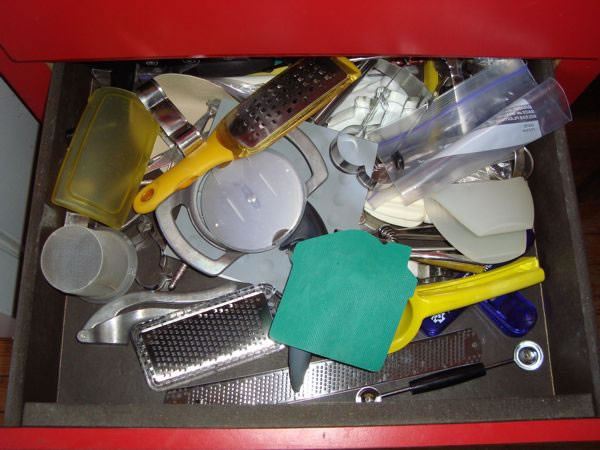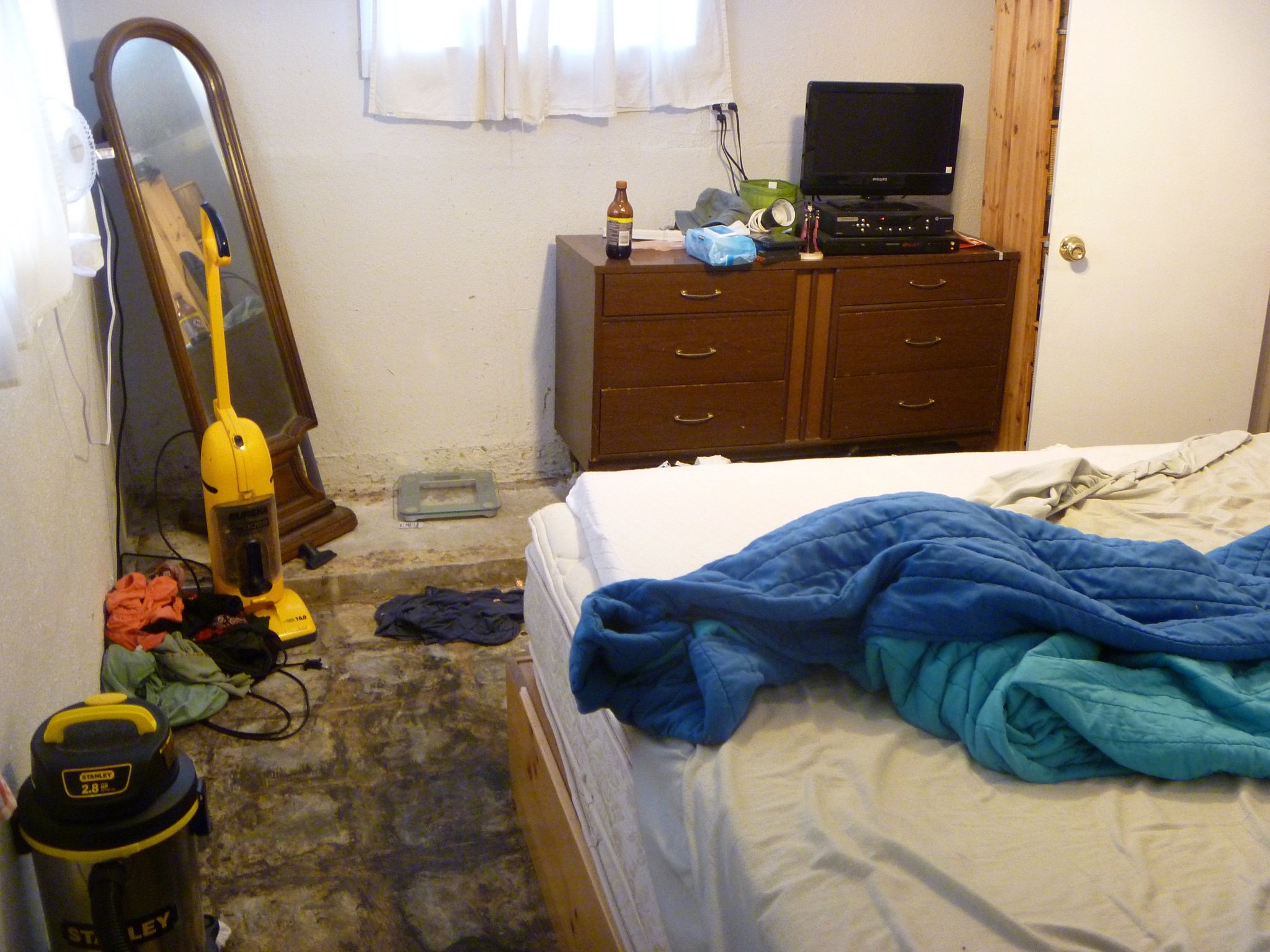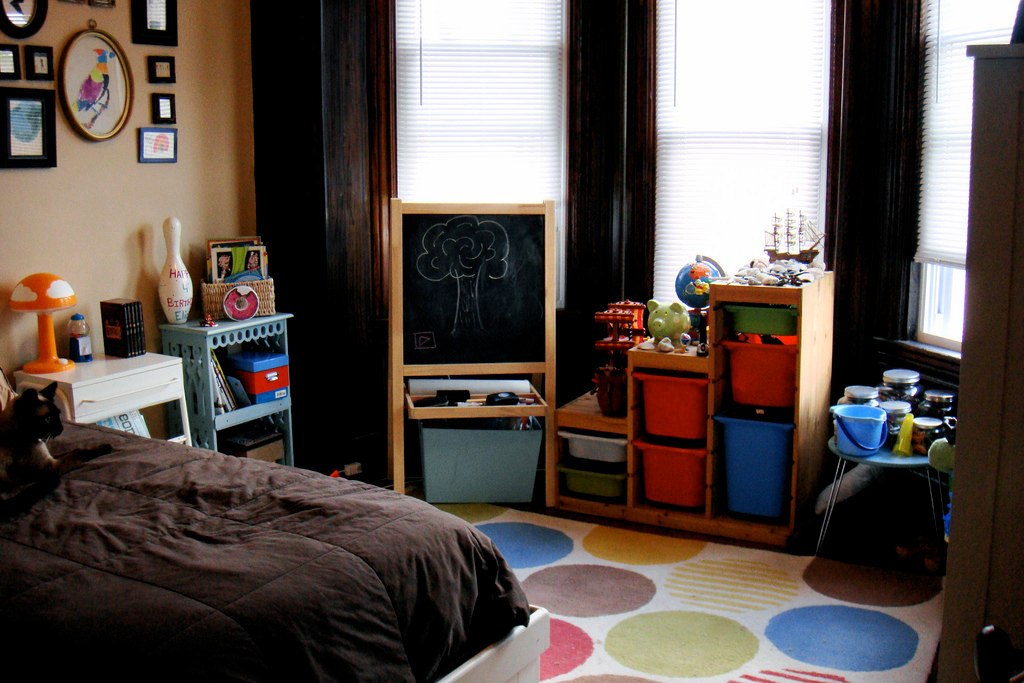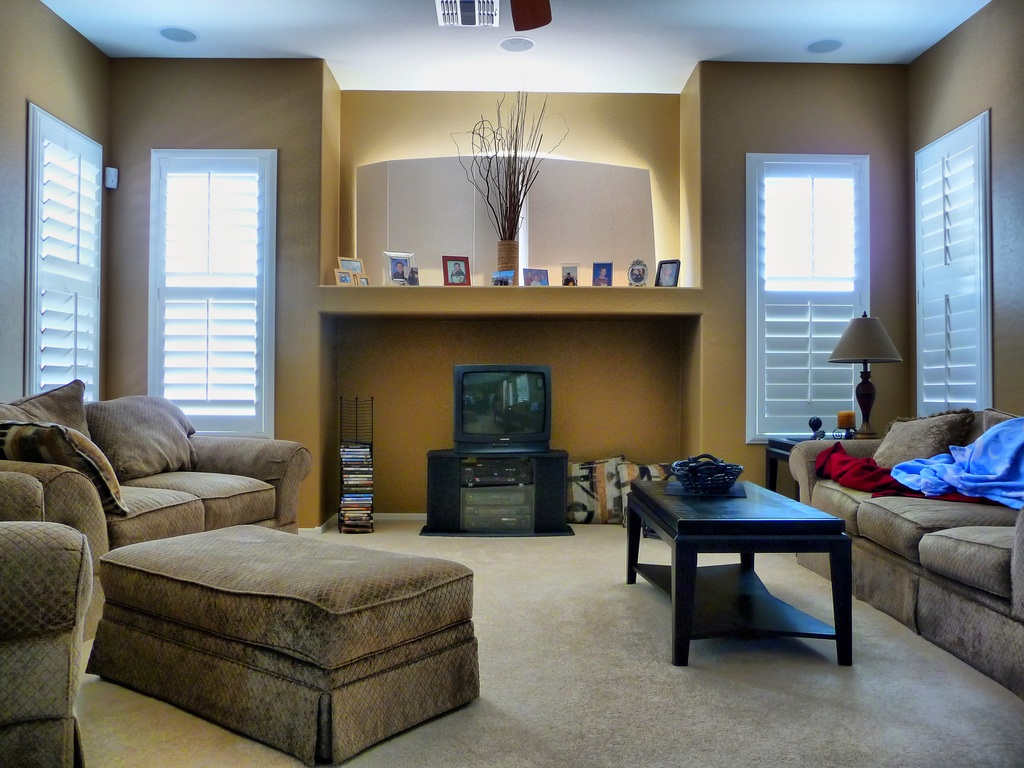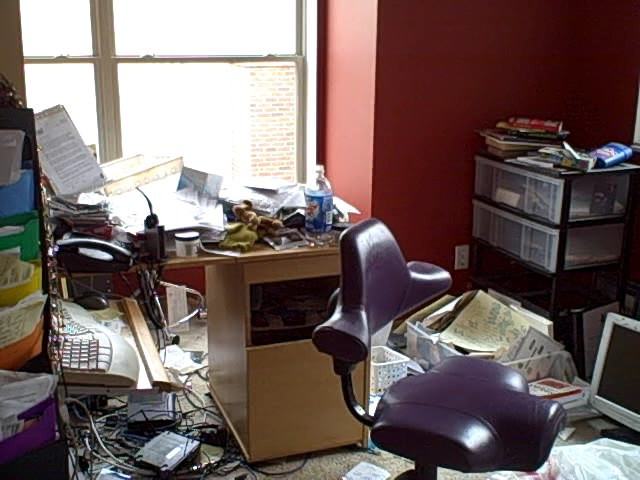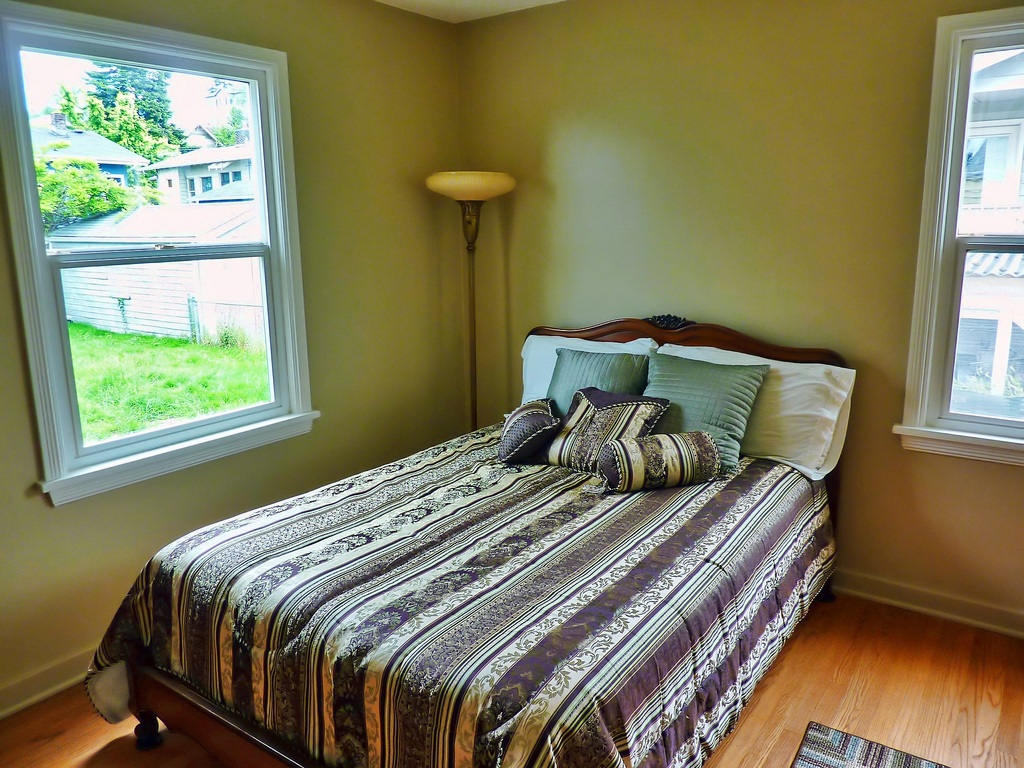Most people have at least a little bit of clutter in their homes, those spots that are a little embarrassing, that feel unmanageable and are a consistent source of frustration. Many others have whole rooms full of stuff they don’t use, things they think they might need someday so they are hesitant to throw it out, leaving whole sections of their home unusable for their intended purposes. Still others have homes full of so many things they are unwilling to have people over, can’t easily navigate their space and can’t find the things they need when they need them. Clutter on any level can bring about feelings of overwhelm and stress, with the added burden of not knowing where to start or what to do when they want to declutter.
How to Declutter Once and for All
Whether you have a few problem areas in your house or a building full of stuff that needs to be dealt with, the good news is that you can organize your home once and for all and make it a lot easier to keep it clean and decluttered. These general suggestions and room-by-room guide offer simple solutions to help you get started right away and keep going with confidence.
Start with a Vision
No matter which decluttering method you use, from Marie Kondo to the hanger flip method,[1] it’s important to start with a vision of what you want your spaces to look and feel like when you are done. Think back to when you first moved into your house or apartment. What did you want it to look like? How did you want to feel walking in the front door? Let those ideas and feelings guide you as you make decisions when you declutter. Another good way to do this is to think of three adjectives you wish could describe an area of your home. Maybe you want the bedroom to be calm, romantic and cool, or the office to be organized, creative and open. Whatever your adjectives are, write them down and go back to those ideas as you go through the process.
Make a List
Sometimes when a job feels to overwhelming, it helps to make a list of all the little things you need to do to get to your goal or to finish a project. It’s the same when you declutter. Walk around the house or the room you want to start in and write down the things that need to be dealt with. In the bathroom, for instance, you might need to dispose of old makeup and medicine, get a bigger laundry hamper so people stop throwing their dirty clothes on the floor and clean out the linen closet. Having a list of smaller jobs is helpful because as you declutter you can mark things off the list, which gives you a sense of accomplishment and momentum.
Start with the Spot Where It Annoys You Most.
One of the best things you can do in any room or space you are trying to declutter is to start with a small area that really annoys you.[2] That spot where the junk mail always lands. The chair where people dump everything. Your bedside table piled high with too many books. Set a timer for 10 minutes and deal with that space. Step back and notice how much better it looks and how much better you feel. Cross it off your list and do something else. Remember, too, not to try to do it all at once. Some things are quick fixes,[3] and some will take longer. Depending on the level of clutter, it can take a day to a week or more of consistent work to declutter a space. Slow, consistent improvement is better than making good progress working hard for a day or two then burning out and never finishing the job. Some people like to start decluttering at the door or entryway to a room and work around. Others start with flat surfaces or the floor first, then move to bookshelves and storage pieces. Another way to look at that is to start big[4]— kitchen counters, the top of the bed, the floor —and move on to smaller places and inside drawers once the major visible stuff is dealt with.
Know What to Keep and What to Ditch with Four Bins
A popular method to declutter any space involves four bins/boxes/bags. One is for trash, one for things you want to give away, one for things to keep in that room and one for things to keep that belong elsewhere. As you work your way around the room, everything goes in one of these bins. How do you decide what to keep and what to get rid of? Things that are broken, don’t fit or haven’t been used in the last year are easy choices to toss. Some people like to touch everything and only keep the things that spark joy or make them feel good. Moving everything out of a space and only putting back what really fits and what needs to be in that room is another great method. Imagine you are packing to move; would you want to take that thing with you? If not, get rid of it.
Declutter Room by Room
There are different methods that can help you declutter different areas of your home. Here are some things to think about and remember as you go through different parts of the home.
Kitchen: Get rid of appliances, serving pieces, vases and other items you don’t use (even if someone got it for you as a wedding present). Get rid of plastic containers without lids, or lids without containers. Cull old spices and expired food. Think about how many coffee mugs and other items you really need and can easily store. Try to take everything out of cabinets–do this in sections if you need to–so you can really see what you have, what you use and how to better store it. Try to put things away near where you use them.
Bathrooms: Clear out old makeup and medicines, disposing of medicine properly. Get rid of torn or faded towels. Clear counters, cabinets and drawers of things you never use. Only leave things on the counter that you use on a daily basis, and organize them so your morning and evening routines will be easier. Make room for a candle and light it regularly as you’re winding down in the evening.
Bedroom: Your bedroom should be a sanctuary, but more often it’s a dumping ground. Clear out things that don’t belong. Make spaces as clear as possible. If you store bills and paperwork in the bedroom, at least put them in a pretty box so you don’t have to look at them every night. Think about hotel rooms; that’s how you want your bedroom to feel. Don’t forget to go through drawers and under the bed.
Kids’ rooms: Kids are hard because they want to keep everything. Do your best to encourage them to get rid of toys and books they no longer use, as well as anything that is broken (that’s good advice throughout the house). Make sure what returns to the space actually fits and is stored in a way that the child can clean up themselves.
Living rooms: Whether you call it the living room, family room or den, this is a space that should be relaxing as well. Declutter things that don’t belong, accessories you don’t love and toys that aren’t played with or could go elsewhere. Some amount of decorating is fine, but don’t cover every surface with stuff.
Office: If you have a home office, it’s probably a catch-all for all the random stuff you don’t know what to do with. That makes decluttering easier in a way but harder, too, because this is stuff you think you want to keep but don’t really have a place for. Be relentless and only keep things you love or really need.
Guest room: Much like your bedroom, the guest room should be as hotel-like as possible. It’s often seen as an extra storage space, but you don’t want your guests to feel like that.
Decluttering Is Only the Beginning, Maintaining Tidiness Is the Key
Doing a major declutter is a great step, but maintenance will have to be done regularly to keep it up. The good news is it never takes as long as that first time, and you’ll be really motivated to keep your space in good shape once you’ve seen what it can look like. It ‘s a good idea to go through clothes, books, toys and other items at least once a year to get rid of the things you aren’t using. A one-in, one-out rule can help keep clutter under control because you aren’t adding things to your home without taking other things away. Keep track of items you still tend to lose by having dedicated spaces for them or using a device like TrackR . And spending some time each week resetting your problem areas should keep your house looking and feeling great for the long term, which is why you wanted to declutter in the first place.

